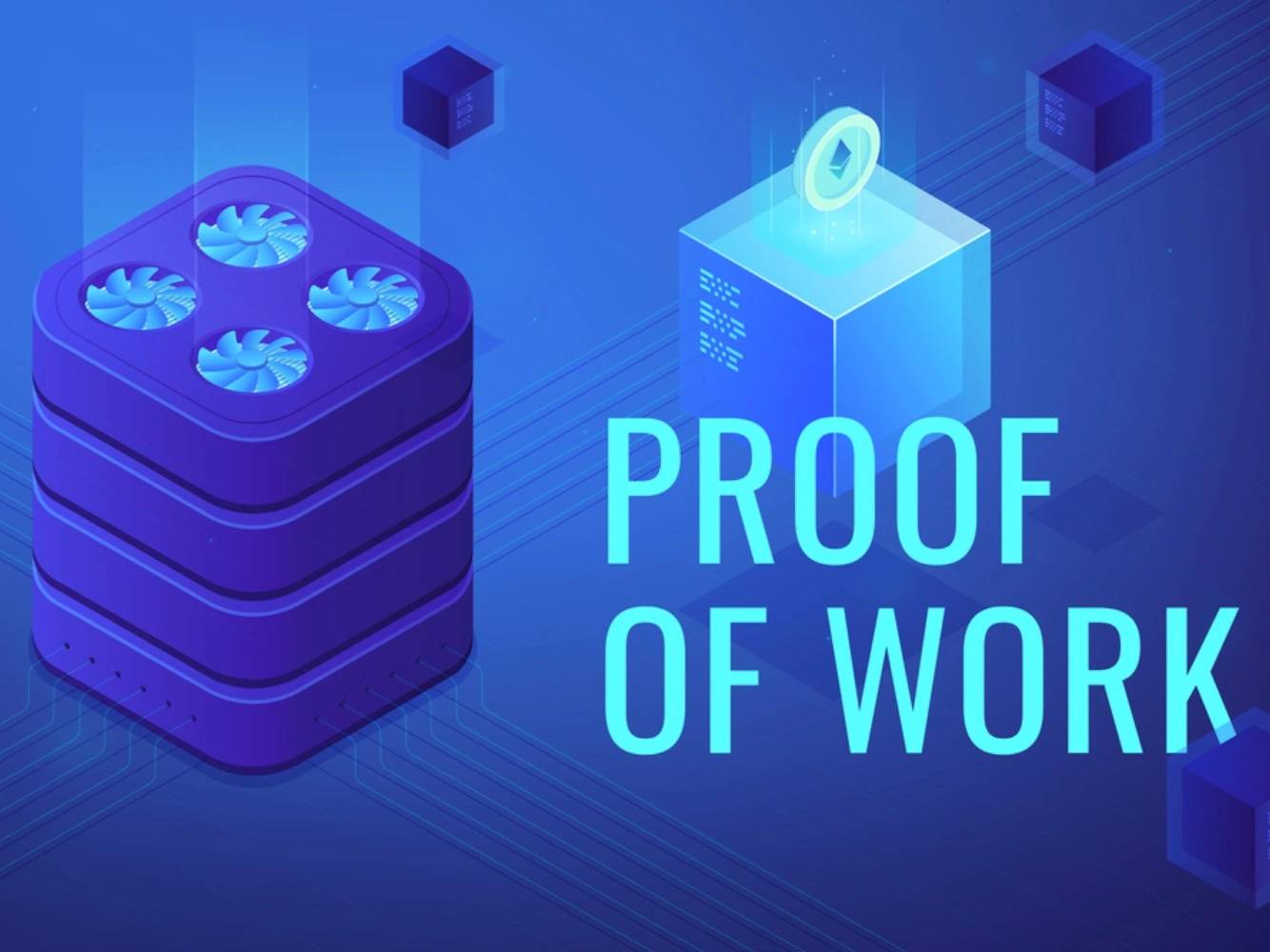Subscribe to wiki
Share wiki
Bookmark
Proof-of-Work (PoW)
The Agent Tokenization Platform (ATP):Build autonomous agents with the Agent Development Kit (ADK)
Proof-of-Work (PoW)
Proof-of-work (PoW) is a system used in computer science to validate transactions or computations and to prevent malicious activities such as denial of service attacks. It is the original crypto consensus mechanism used to prove that certain calculations have been done and to prevent double-spending. It was first used by Bitcoin. [4][5]
Overview
It is called “proof of work” because the network requires a huge amount of processing power. Proof-of-work blockchains are secured and verified by virtual miners around the world racing to be the first to solve a math puzzle. The winner gets to update the blockchain with the latest verified transactions and is rewarded by the network with a predetermined amount of crypto. [3]
The purpose of proof of work is to ensure that only legitimate users are able to generate valid solutions and to prevent malicious activities such as double-spending. In Bitcoin, proof of work is used to ensure that the blockchain remains secure and valid.
The idea for Proof of Work(PoW) was first published in 1993 by Cynthia Dwork[6] and Moni Naor[7] and was later applied by Satoshi Nakamoto in Bitcoin whitepaper in 2008. The term “proof of work” was first used by Markus Jakobsson[1] and Ari Juels[2] in a publication in 1999. [5]
Technology
Bitcoin is a blockchain, which is a shared ledger that contains a history of every Bitcoin transaction that ever took place. This blockchain is composed of blocks — each block with the most recent transactions stored in it.
Proof-of-work is a necessary part of adding new blocks to the Bitcoin blockchain. Blocks are developed by miners, the players in the ecosystem who execute proof of work. The network accepts a new block each time a miner comes up with a new winning proof of work, which happens roughly every 10 minutes.
Finding the winning proof-of-work is difficult and requires expensive, specialized computers. Miners attempt to guess a matching computation and, if successful, will earn bitcoin. The computations they make are known as "hash" which takes an input and produces a random string of letters and numbers.
Miners aim to generate a hash that matches Bitcoin's current "target". It requires a hash with a large number of leading zeroes, which is a highly improbable occurrence. Despite this, miners around the world compute trillions of hashes per second, typically taking around 10 minutes to reach the target.
Whoever reaches the goal first will be rewarded with a batch of Bitcoin cryptocurrency. The Bitcoin protocol then creates a new value, which miners must hash, and miners compete to find the winning proof-of-work. [8]
Feature of PoW
- It is difficult to find a solution to a mathematical problem.
- It is easy to verify the correctness of that solution. [5]
Challenges With PoW
The 51% risk
If a controlling entity owns 51% or more than 51% of nodes in the network, the entity can corrupt the blockchain by gaining the majority of the network. [5]
Time-consuming
Miners have to check over many nonce values to find the right solution to the puzzle that must be solved to mine the block, which is a time-consuming process. [5]
Resource consumption
Miners consume high amounts of computing power in order to find the solution to the hard mathematical puzzle. [5]
Non-instantaneous transaction
Transaction confirmation takes about 10–60 minutes. It takes some time to mine the transaction and add it to the blockchain thus committing the transaction. [5]
See something wrong?
The Agent Tokenization Platform (ATP):Build autonomous agents with the Agent Development Kit (ADK)
